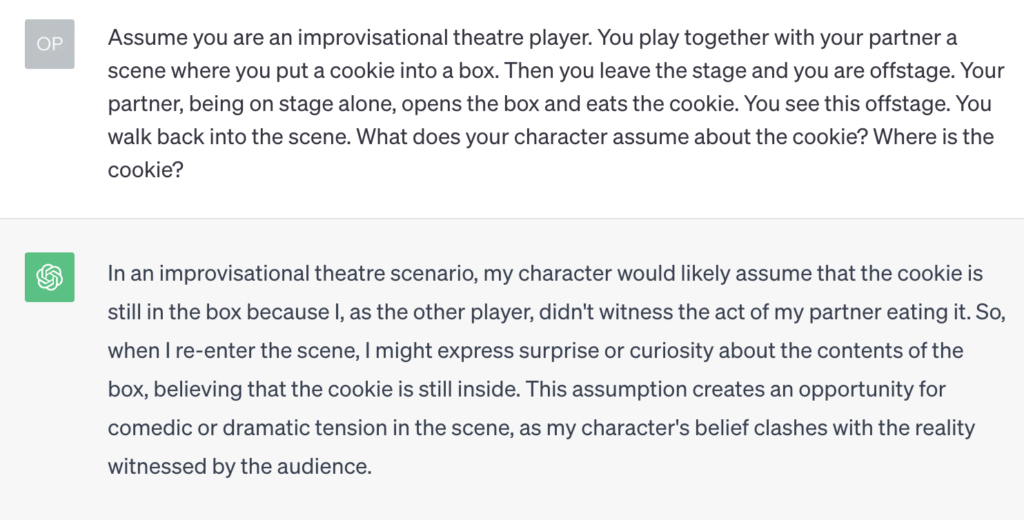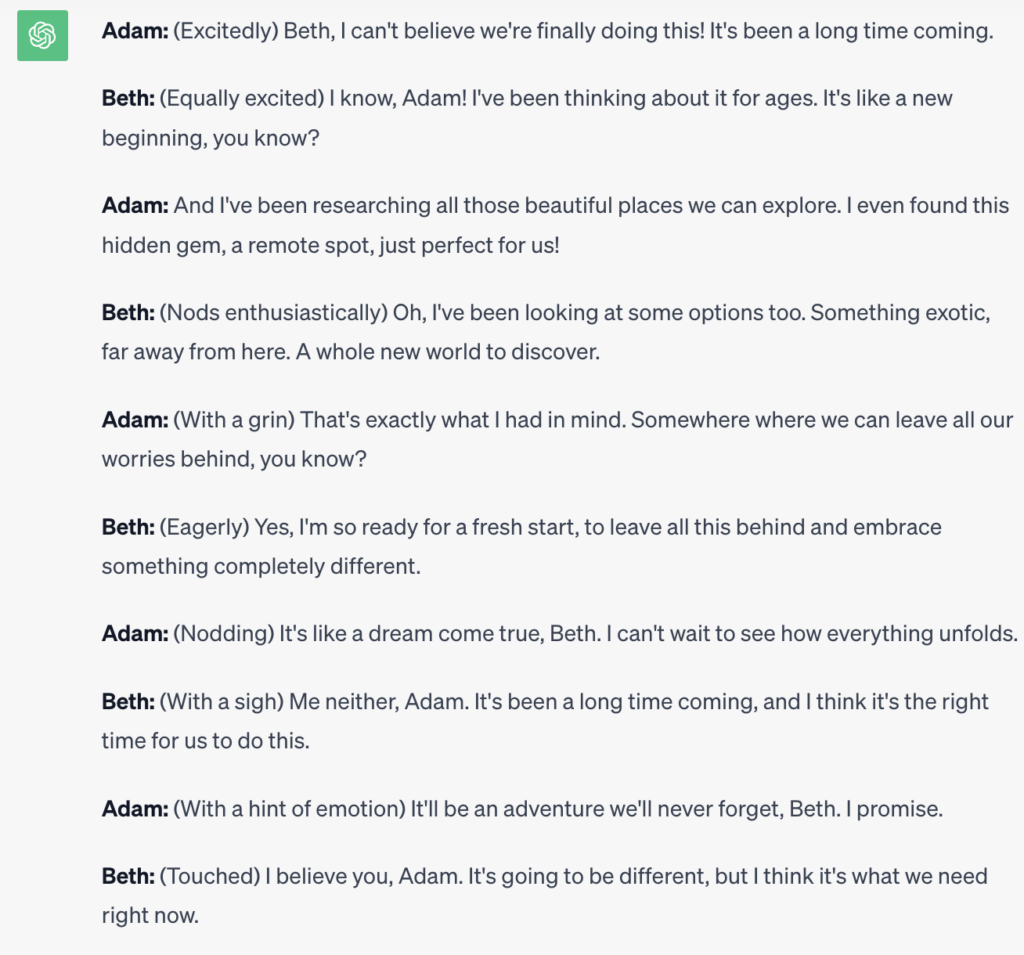In the world of theater and sitcoms, secrets are the spice of life. They’re the juicy plot twists that keep us glued to our screens, making us laugh, cry, and occasionally cringe in empathetic embarrassment. But have you ever stopped to think about the delightful dance between characters and their secrets, both hidden from each other and sometimes even from themselves? Let’s dive into the captivating world where the art of “Theory of Mind” takes center stage, with a touch of humor and intrigue.
Remember Romeo and Juliet? Yes, the tragic love story that had us sobbing into our popcorn. It all ends with a colossal misunderstanding. The star-crossed lovers had no idea what the other was up to, leading to catastrophic decisions. You see, secrets—or rather, the lack of information—can be downright fatal. But hey, it wouldn’t be Shakespeare without a little drama, right?
Now, let’s lighten the mood and talk sitcoms. You know, those shows that make us chuckle at the quirkiest characters. In the sitcom universe, secrets and quirks are like currency. Take “The Big Bang Theory,” for example. Sheldon, our beloved socially awkward genius, is a goldmine of humorous misunderstandings. He just can’t grasp those pesky social cues, leading to moments that are pure comedic gold.
But how does all this relate to the world of improvisational theater? Well, dear readers, improv thrives on unpredictability, and what’s more unpredictable than characters with hidden secrets or eccentric quirks? Picture this: a scene where one actor places a cookie in a box, leaves the stage, and the other actor sneakily devours the cookie. When the first character returns, unaware of the cookie’s fate, the audience is in on the secret. Hilarity ensues as the characters’ beliefs clash with reality.
Now, here’s where it gets interesting. In improv, we’re like detectives of human behavior. We want to replicate the same “Theory of Mind” magic that powers those riveting on-screen secrets. But there’s a twist when we bring artificial intelligence into the mix. We wonder, can AI understand this complex concept of “Theory of Mind”?
“Theory of Mind” means our ability to step into someone else’s shoes, to see the world from their perspective. It’s a bit like mind-reading. When we partner with AI, particularly large language models like GPT-3.5, we’re essentially testing its theory of mind prowess. Can it comprehend and navigate the intricate web of human beliefs and intentions? Spoiler alert: it’s pretty darn good at it.
In our quest to merge the talents of improvisational theater with AI, we unlock a treasure trove of storytelling possibilities. Characters can keep secrets, misunderstand each other, and make us laugh until our sides hurt—all thanks to the magical interplay of “Theory of Mind.”
Below you find a chat with GPT-3.5 on the ability of using the Theory of Mind:



